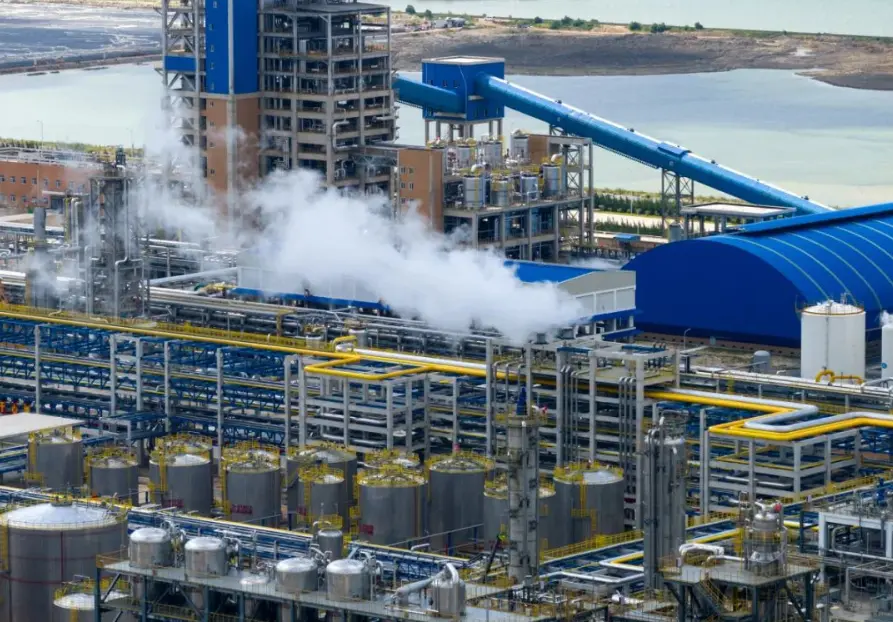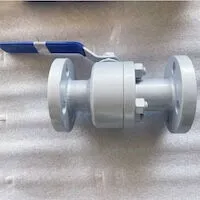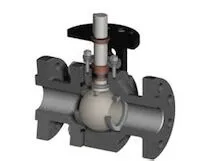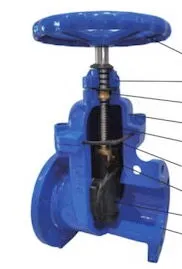Air Control Valves
Apr 15, 2024
An air control valve is a device used to control, regulate, or direct the flow of air, widely utilized in various industrial, commercial, and residential environments. It is a specialized valve designed specifically for controlling the flow of gases. Its function is to precisely control gas flow and regulate pressure within gas flow systems. Air control valves can accurately control gas flow through methods such as rotation, sliding, or pressure control, thereby achieving system stability and efficiency. In most gas flow systems, air control valves are used to regulate changes in flow rate and pressure to ensure the smooth operation of the system. Air control valves are crucial in gas flow systems as they ensure precise control and regulation of gas flow and pressure within the gas passages during system operation. This is essential for the proper functioning of the system, as instability in gas flow or pressure can lead to issues. Additionally, air control valves can prevent gas leaks and other potential hazards, ensuring user safety. They are vital control components capable of precisely controlling gas flow and regulating pressure in gas flow systems to ensure stability and efficiency. They find widespread use in various applications such as gas compression systems, oxygen supply systems, and ventilation systems, among others.

Functions of Air Control Valves
1. Regulating Air Flow: By precisely controlling the opening degree of the valve, air control valves can adjust airflow as needed to ensure the system operates normally.
2. Maintaining Air Quality: Air control valves can filter and purify impurities in the air, keeping indoor air fresh and clean.
3. Energy Conservation: By properly adjusting airflow, air control valves help reduce energy consumption, promoting green environmental protection.
4. Equipment Protection: Air control valves prevent equipment damage due to excessive or insufficient airflow, extending the service life of the equipment.
Applicable Scenarios
Air control valves are widely used in areas such as air conditioning, ventilation, heating, refrigeration, and industrial production lines, providing stable and efficient air control solutions for various environments.
Below are some common application scenarios:
1. In air compression systems: Air control valves are used to regulate the outlet pressure of compressors and ensure the normal operation of the entire system.
2. In oxygen supply systems: Air control valves are used to regulate the oxygen supply to ensure a constant and stable supply of oxygen in places such as hospitals and laboratories.
3. In ventilation systems: Air control valves are used to regulate airflow and velocity, providing good ventilation environments for factories, workshops, etc.
4. In hydraulic systems: Air control valves can be used to regulate inflation and deflation in brake actuators, thus achieving braking effects.

Functions of Air Control Valves
1. Regulating Air Flow: By precisely controlling the opening degree of the valve, air control valves can adjust airflow as needed to ensure the system operates normally.
2. Maintaining Air Quality: Air control valves can filter and purify impurities in the air, keeping indoor air fresh and clean.
3. Energy Conservation: By properly adjusting airflow, air control valves help reduce energy consumption, promoting green environmental protection.
4. Equipment Protection: Air control valves prevent equipment damage due to excessive or insufficient airflow, extending the service life of the equipment.
Applicable Scenarios
Air control valves are widely used in areas such as air conditioning, ventilation, heating, refrigeration, and industrial production lines, providing stable and efficient air control solutions for various environments.
Below are some common application scenarios:
1. In air compression systems: Air control valves are used to regulate the outlet pressure of compressors and ensure the normal operation of the entire system.
2. In oxygen supply systems: Air control valves are used to regulate the oxygen supply to ensure a constant and stable supply of oxygen in places such as hospitals and laboratories.
3. In ventilation systems: Air control valves are used to regulate airflow and velocity, providing good ventilation environments for factories, workshops, etc.
4. In hydraulic systems: Air control valves can be used to regulate inflation and deflation in brake actuators, thus achieving braking effects.
Previous: How to Prevent Corrosion of Valves?
Next: Do Valves Require Human Supervision?



